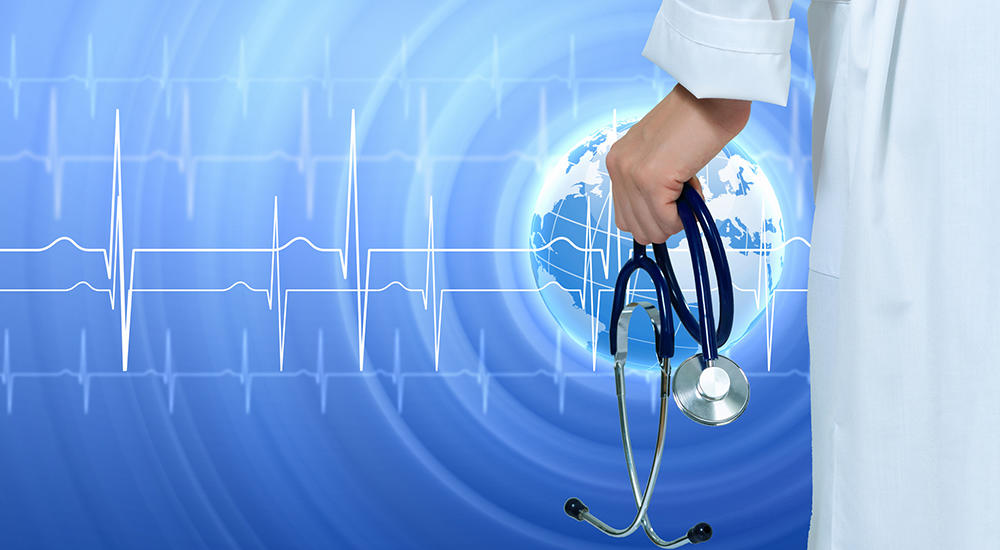Blog
Alexander Kulitski
The Internet of things is rapidly becoming a widely discussed topic in every social circle. This concept has the ability to impact not only the industries, concerned with its development but the way we live our lives in general. Since healthcare is an essential part of our everyday living, it is no exception when it comes to IoT.
As we are living in the world of rapidly developing technologies, it’s no surprise that the healthcare industry is drastically transformed. In the past few years, the way people, medical devices, and applications interact with each other has been completely reconsidered. And just like any coin has two sides, so does the IoT integration in the healthcare industry.
When talking about the main features of IoT in healthcare we can define several clear pros and cons. Let’s start with the disadvantages.
Hard to catch up
The high speed of technological development is in itself a marvelous thing and a sign of society evolving in the right direction. But it sure has quite a disadvantage. People are sometimes not able to adequately adapt to the ever-changing technologies. It takes quite a lot of time and can be challenging, so proper training and updating one’s skill set is necessary.
Compatibility
Unfortunately, there are no international standards of compatibility for tagging and monitoring equipment. But this drawback can be easily minimized if all manufacturers come to a mutual agreement.
Security risks
Hackers are always learning and lurking around every corner. Though healthcare systems are protected by strict security measures, it is difficult to be fully sure that all the private patient information is safe.
The financial aspect
Sophisticated healthcare technologies can be quite expensive. But in the end implementing IoT technologies in the healthcare industry helps to reduce staff and lower other costs. That’s why this disadvantage is a blessing in disguise.
Now let’s move on to the bright side of IoT in healthcare with our list of advantages.
Managing diseases
First of all, IoT in healthcare helps to focus on patient centralization. Disease monitoring, accurate diagnosing and timely physician intervention all lead to a more productive and safe medical treatment.
Decreasing costs
As was mentioned previously, healthcare IoT can help save money and time. It can not only reduce the number of working staff, but also the number of unnecessary patient visits, as the doctor will be aware of the patient’s condition with the help of real-time monitoring.
Minimizing errors
Automated workflow, accurate data collection and data-driven decision making not only cut down overspending and reduce costs but also minimize the quantity of errors.
Improving treatment
Healthcare IoT with its cloud networks and high-tech infrastructures provides reliable ways to access real-time patient information. This allows doctors to make intelligent data-driven decisions for timely customized treatment based on fine-tuned monitoring results, provided by medical IoT solutions.
Despite the mentioned drawbacks of using the latest tech in the medical field, there is no doubt that IoT in healthcare helps us make our lives easier and much safer.
